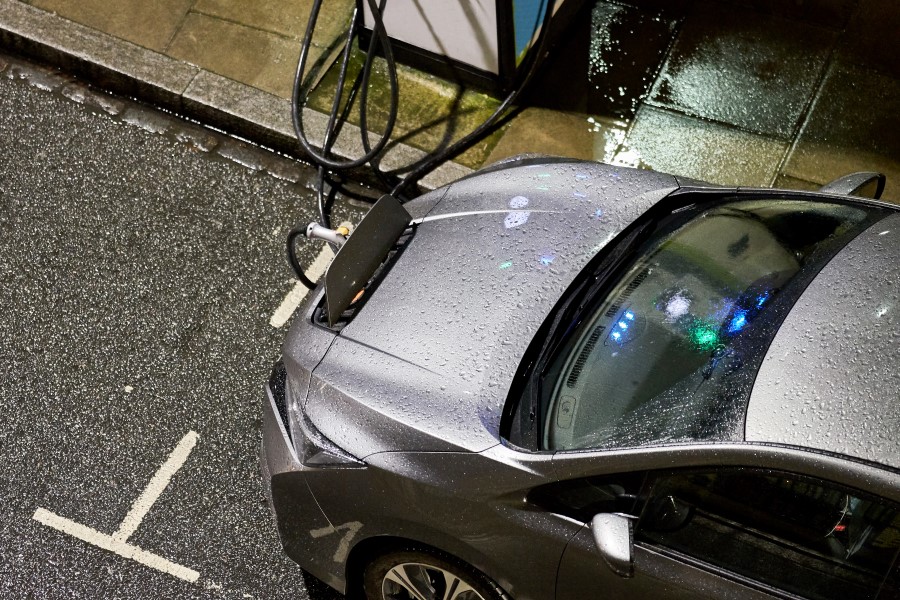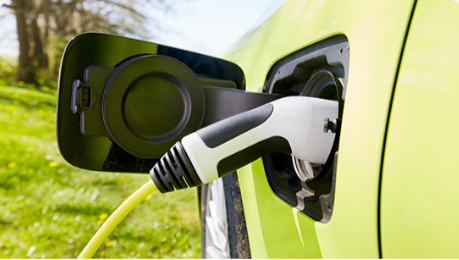Can you drive electric cars in the rain?
With the recent storms and flooding and the particularly soggy British weather months still to come, what does that mean for electric vehicle drivers? There’s plenty of misinformation around, so ElectriX is here to answer some of the most common questions around mixing EVs and water.
Are you ready to go electric?
Want to know if an electric car is the right choice for you?
Join in with our simple online quiz to find out more.
Is my electric vehicle ok to drive in the rain?
Yes – treat it exactly as you would a diesel or petrol car.
Just remember that all cars can handle differently in wet conditions. you’ll need to apply the usual road safety rules in wet conditions – think about your braking distances and ensure your tyres are well maintained to ensure maximum grip.
Can I charge my electric vehicle when it’s raining?
Yes – all EV chargers, public and home chargers, are waterproof.
The process for charging an EV is the same whatever the weather. The great thing is EV cables and charging points are specially designed and waterproofed to ensure the user is safe. You should only use approved charging cables – multi-plug extension leads or domestic cables are not recommended.

Is it ok to drive my electric vehicle through a flooded area?
You’ll need to use your judgement as to whether it is safe to proceed. However, you can treat an EV exactly as you would a diesel or petrol vehicle in hazardous conditions. The MET office advises avoiding flood water and finding another route wherever possible, as just 30cm of moving water can float your car.
What if the battery gets wet?
In the event that water does get into the car. battery units – and the power lines to the motor – are sealed and isolated so water cannot get in.
However, if you are concerned that there has been water ingress in the vehicle, you should always contact your lease provider or local dealer for advice before driving the vehicle.
So, there you have it, get out there and enjoy your electric vehicle – it’s ready for the British weather, just don’t forget your umbrella.
Is an electric car
right for me?
Discover electric cars that are available through our partner CBVC today.
Discover cars available


















